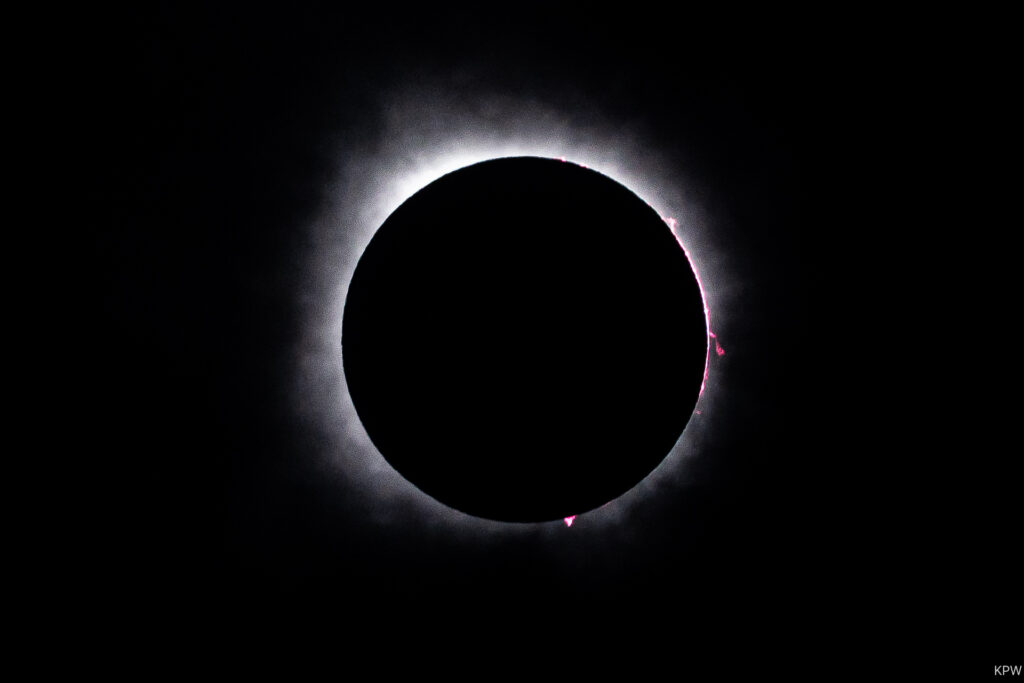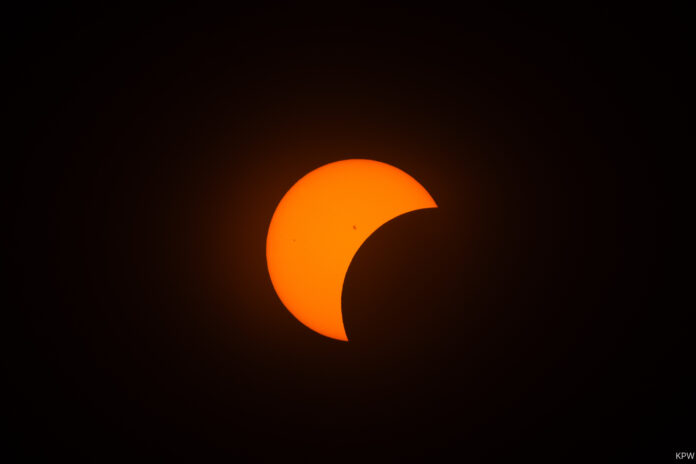If you missed North America’s total solar eclipse or if you caught the eclipse bug, there are more chances to see the sun disappear.
Full solar eclipses happen about every year or two or three, due to a precise alignment of the sun, moon and Earth. The next total solar eclipse will be in 2026 and will pass over the northern fringes of Greenland, Iceland and Spain. An eclipse on the scale of Monday’s event won’t happen again until Aug. 12, 2045 though the U.S. will get a taste of totality before then.
Here’s what to know about upcoming solar spectacles:
When is the next total solar eclipse?
Total solar eclipses happen about every year or two or three, due to a precise alignment of the sun, moon and Earth. They can occur anywhere across the globe, usually in remote areas like the South Pacific.
Save the date: The next full solar eclipse, in 2026, will pass over the northern fringes of Greenland, Iceland and Spain.

When will the next totality be visible from the U.S.?
The next U.S. taste of totality comes in 2033 when an eclipse brushes Alaska and Russia. And in 2044, one will cross Greenland and western Canada, touching swaths of North Dakota and Montana.
An eclipse on the scale of Monday’s event won’t happen again until Aug. 12, 2045.
“But it will be pretty spectacular,” said Mary Urquhart, a planetary scientist at the University of Texas at Dallas. “It’s going to go coast to coast.”
That eclipse will first greet viewers in Northern California, slicing through Utah, Colorado and Mississippi on its way to Cape Canaveral, Florida.
What are other celestial events besides solar eclipses?
A partial lunar eclipse in September will be visible over Europe and much of Asia, Africa, North America and South America. And you can reuse eclipse glasses to look for sunspots — dark, planet-sized spots that appear on the sun due to tangled magnetic fields.
Several meteor showers and supermoons will also grace the skies through 2024, as they do every year.
Space enthusiasts can also visit a local planetarium or science center. The planetarium at Ball State University in Muncie, Indiana, will stay open the weekend after the eclipse to offer themed shows and a guided sunset meditation.
“People will want to come back, and want to learn more,” said director Dayna Thompson.






